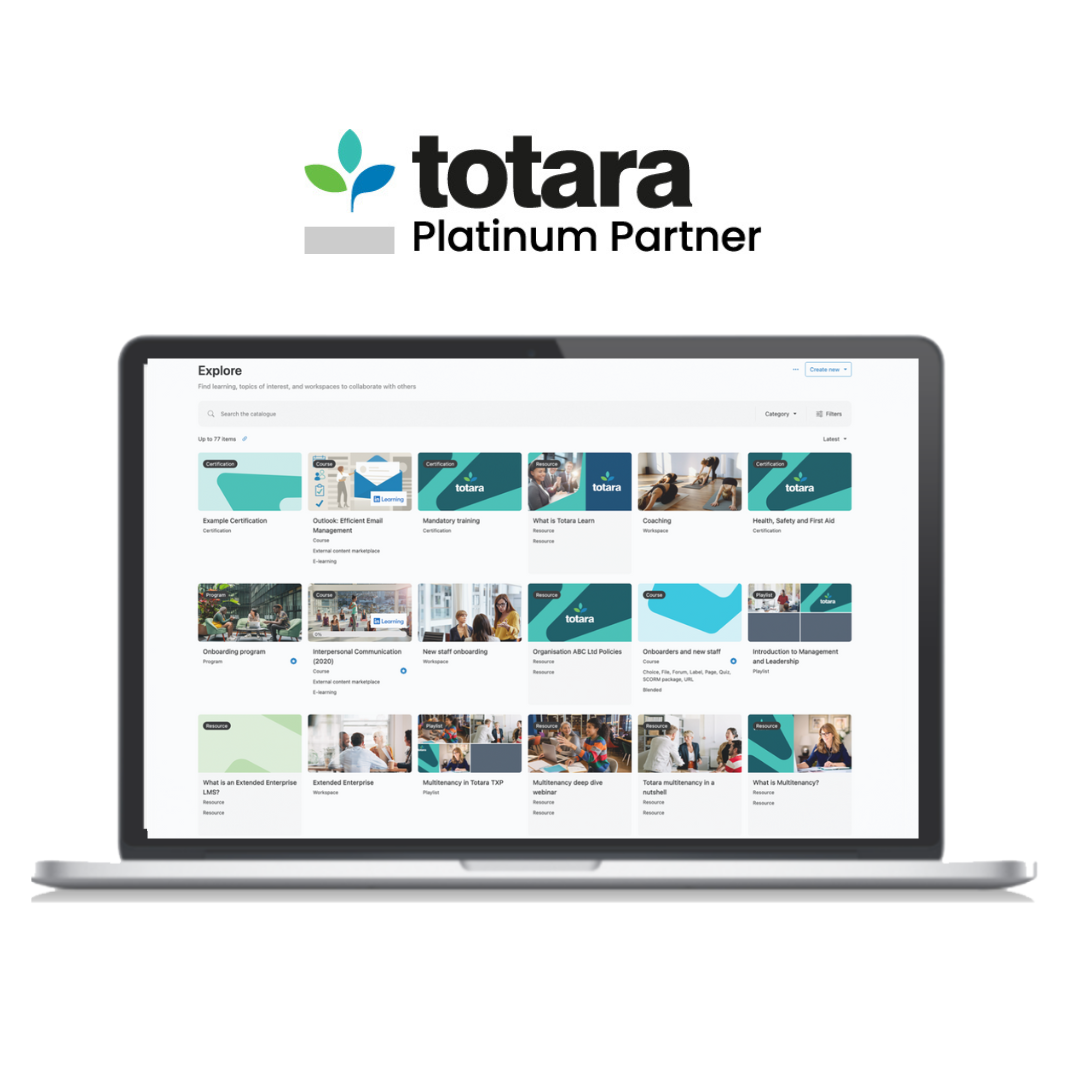Transforming Training at Elis with an Open Source LMS
Interview with: Marcela Ruas HR Development Director Elis Group Elis, leader in circular workplace services...
Learn more


Interview with: Marcela Ruas HR Development Director Elis Group Elis, leader in circular workplace services...
Learn moreIn the world of e-learning, the quality of educational content is a key success factor....
Learn more
The release of Totara v19 marks a significant milestone in the evolution of learning management...
Learn more
At Enovation, we don’t just build learning platforms, we design smart ecosystems that transform how...
Why Lifelong Learning in Healthcare Matters Now More Than Ever Fresh from attending the HELIX...
At Enovation, we are passionate about supporting organisations that are leading meaningful change in digital...
Interview with: Marcela Ruas HR Development Director Elis Group Elis, leader in circular workplace services...
We’re excited to announce our certified integration with ReadSpeaker, a global leader in text-to-speech (TTS)...
By Hannah Flew Continuing on the Moodle Workplace Series, last time we had multi tenancy,...
In the world of e-learning, the quality of educational content is a key success factor....
The release of Totara v19 marks a significant milestone in the evolution of learning management...
The release of Totara v19 marks a significant milestone in the evolution of learning management...